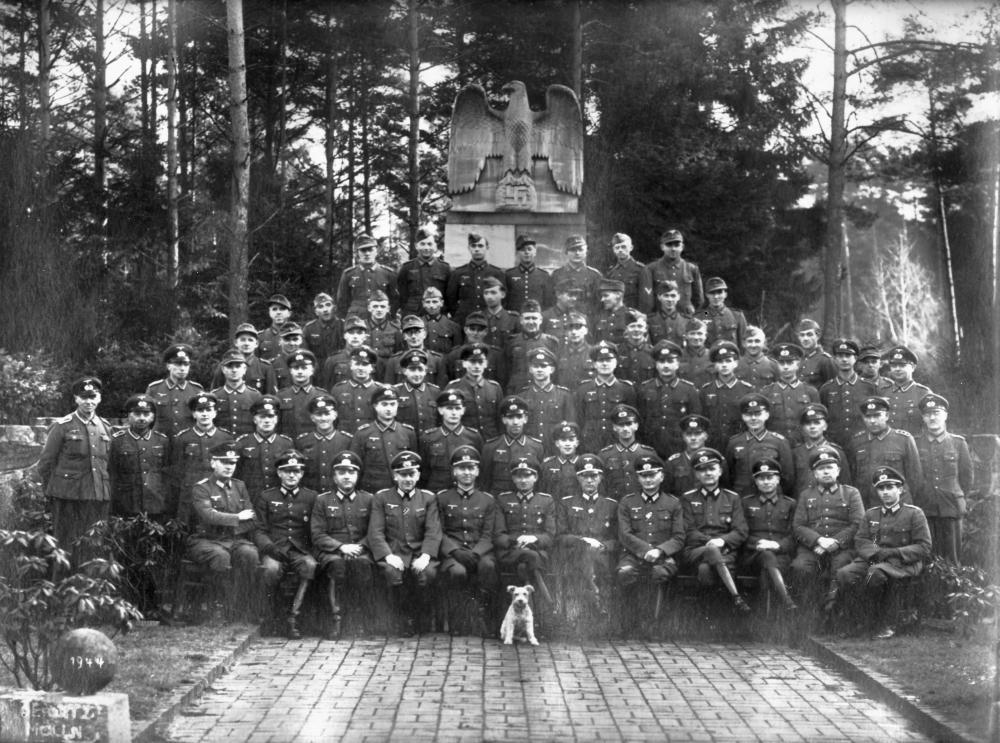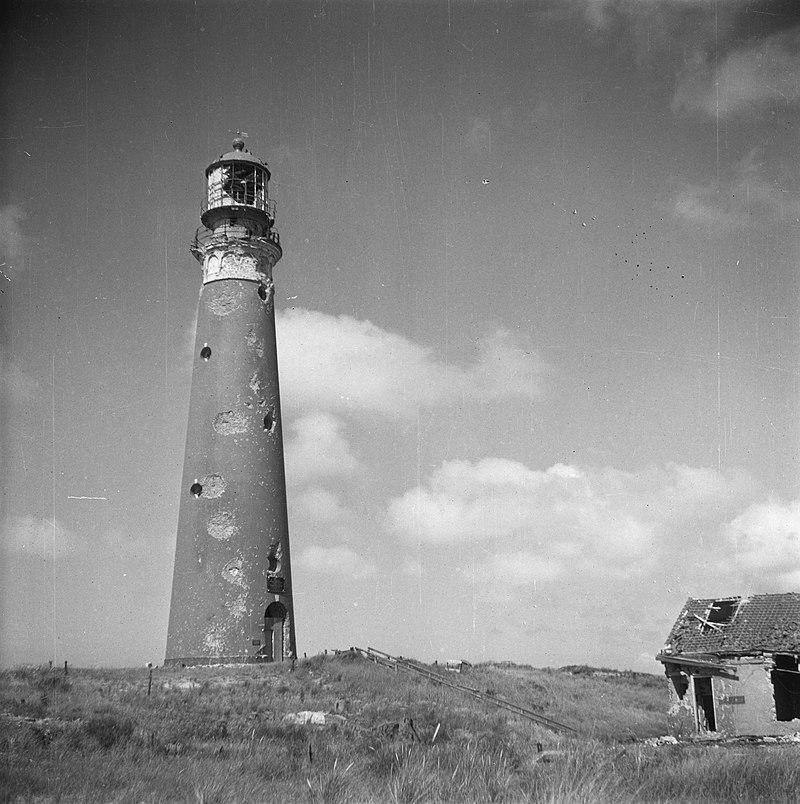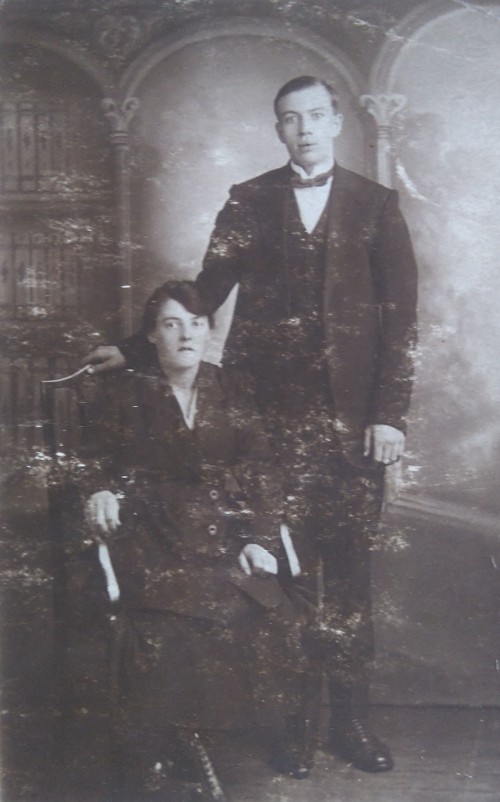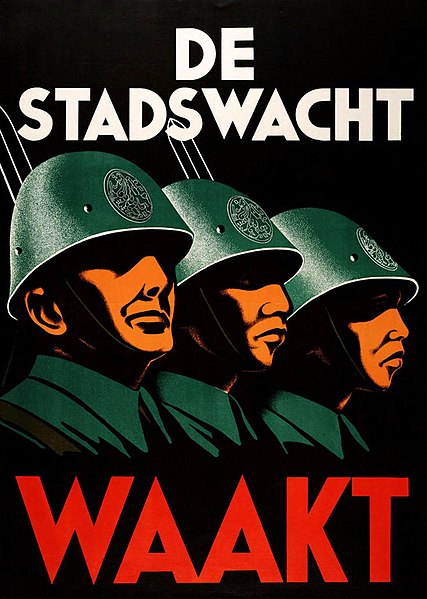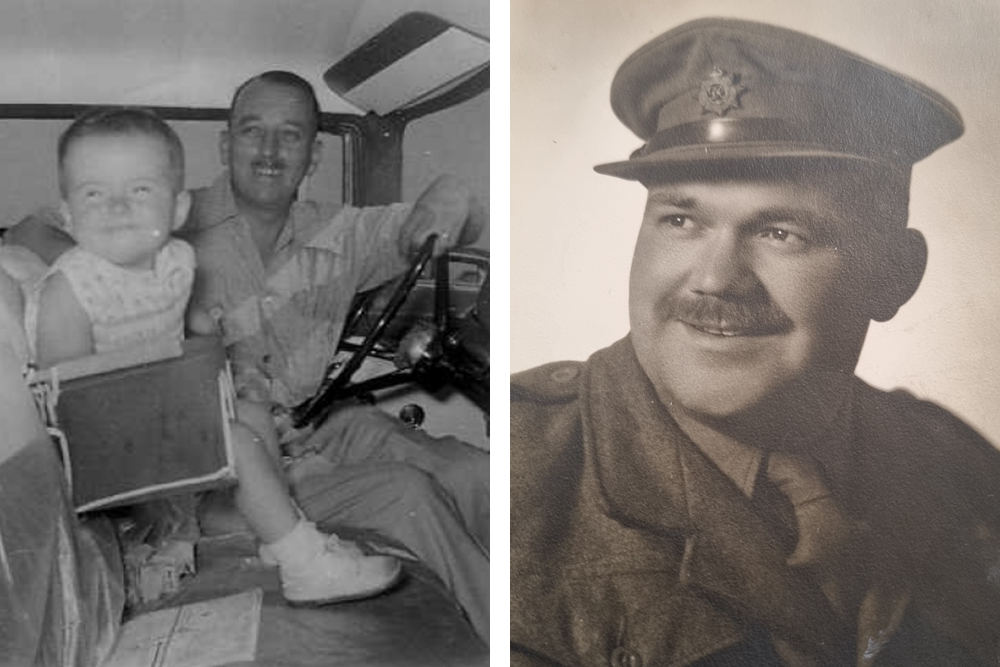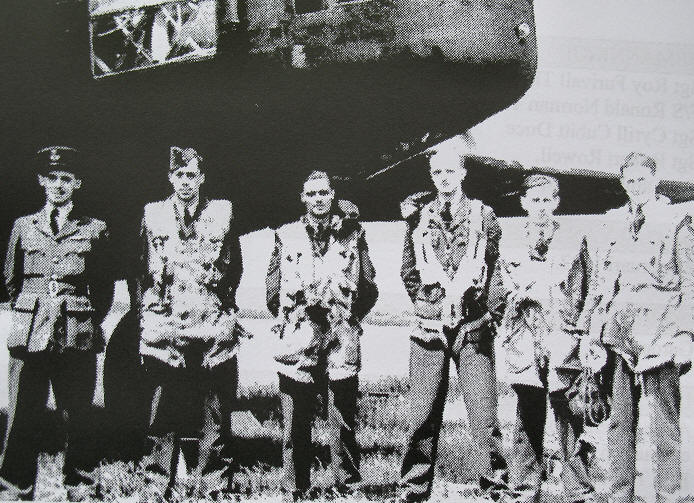Nieuwste artikelen
- Article by Arnold Palthe
- Published on November 20th, 2023
Kurt Kröger, diary from the Eastern Front 1942-1944
Kurt Kröger served in the Soviet Union as NCO in 1. Kompanie Grenadier-Regiment 422, Rheinl.-Westf. Infanterie-Division, Heeresgruppe Nord. His diary covers the period between Ocober 31, 1942 and December 25, 1944.
- Article by Lisanne Wehl
- Published on July 15th, 2023
Catrien from Texel, letters about the Georgian rebellion
The following story is an eyewitness account of the Texel tragedy. It is a relatively unknown uprising of Georgians stationed on the island against the Germans between 6 and 26 April 1945. This letter was written by a relative of my grandfather, and I have not changed anything about the letter except for the modern spelling.
- Article by Lennard Bolijn
- Published on June 18th, 2023
Edward Swart, a Briton forever connected to the Netherlands
The story of Edward Cornelius Martin Swart, an Air Gunner in the Royal Air Force, who was killed in a crash on 4 November 1944 and is buried in the Overloon Commonwealth War Cemetery in the Netherlands.
- Article by Leo G. Lensen
- Published on May 9th, 2022
Emile Tielman, a prisoner of war of the Japanese
Emile Tielman was born on February 5, 1916 in Mojokerto, on the Indonesian island of Java. After World War II ended in Indonesia as well in August 1945, Emile went to the Netherlands in 1946 to recover from malaria and beri-beri. That year he studied meteorology and returned to Indonesia in 1947 as a meteorologist.. After he got married in 1960 he emigrated to America. There his daughter Ria was born. She studied, together with her friend Roberta, called Bobbi, at Drexel University.
- Article by Jeroen Koppes
- Published on May 5th, 2022
British soldiers in an abattoir in Helmond
Helmond was liberated by British troops on September 25, 1944. The city soon turned into a rest centre, an army camp with maintenance troops where men and equipment could rest and refurbish. This required space, a lot of space. The British 171st Company, R.A.S.C. took up residence in the Helmond abattoir on the former Deurnescheweg.
- Article by Pieter Schlebaum
- Published on January 14th, 2022
Crash of Wellington Z1207 near Terschelling
The Dutch Frisian Islands are the most northern part of The Netherlands. During the war more than 350 Commonwealth killed servicemen – mainly airmen and navy personnel – washed ashore on the islands beaches. Many of them could not be identified and were buried as unkowns. Most airmen were single members of crews which were lost over the North Sea. Like Pilot Officer Parslow and Sergeant Swingler, who are buried in the cemeteries on Ameland and Terschelling. They were two members of a six men Wellington crew that was lost on the night of 20/21 January 1942. The bodies of their companions were never found and these men are commemorated on the Runnymede Memorial.
